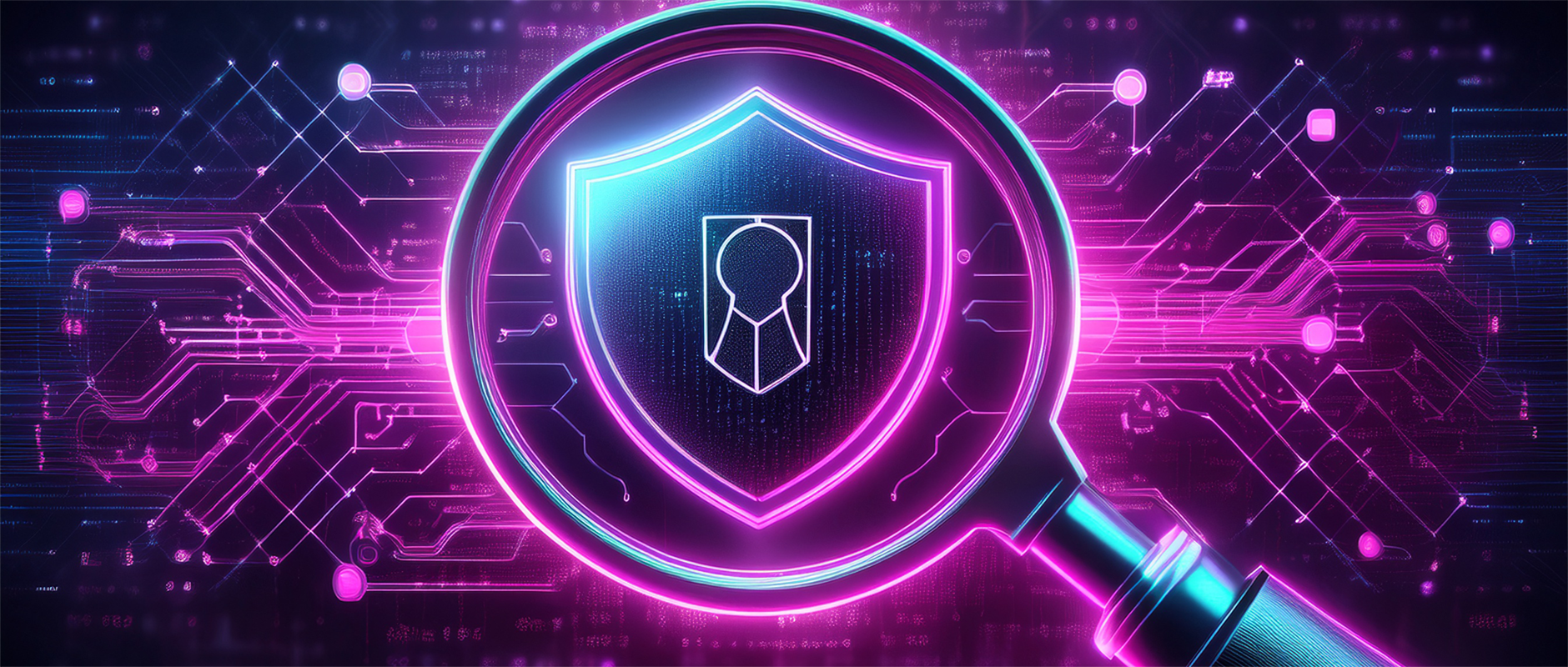More companies are turning their attention to SASE as adoption grows. A possible reason? Cybersecurity is becoming very difficult to manage with legacy systems. Multiple vendors, fragmented networks and changing working environments. Plus, an increase in ransomware and cyber attacks on companies of all sizes. Companies are finding it challenging to keep ahead of threats.
But then again, this is not news. Companies have always struggled to keep ahead of threats. The difference is that AI is enabling threat actors find vulnerabilities faster and gain access before they can be plugged. Then there’s the ability to duplicate and scale attacks across industries using a single vulnerability. Identify theft and the use of deep fakes are just more dirty tricks in the AI cyberattack toolkit.
Also, perimeter security is so outdated, it really just gets threat actors laughing, especially with so many companies having hybrid and remote working models. It’s not enough to know where a person is logging in and that they’re listed as a company employee. Being able to validate their identity, scan what company information they’re accessing and whether they’re authorized to is far more important. Zero trust architecture and more advanced security measures help improve security by tracking user habits to be able to identify anomalies in user behavior.
The premise of SASE is to move security closer to where users are interacting and build it around identity and use rather than just location or device. This aligns with current work trends where people are likely to access emails and company systems on phones or tablets as well as on home-based desktops or laptops. Keeping track of all access points has been a major headache for IT security teams.
In larger companies the confidence in security teams is waning – and this is not a reflection of their abilities. More likely it’s the increasing complexity of trying to maintain a robust security posture. IT teams want to be able to manage networks and security better, even if half the company employees are working remotely. They see moving to SASE as a way of managing systems more effectively. The bonus is the improvement in performance and user experience.
The bottle necks of legacy systems that require multiple validations could be a thing of the past. With the ability to apply multiple security checks at the same time, performance is no longer hindered by security. This is further enhanced by having networking and security in a single framework rather than them operating in siloes and counteracting one another.
Will SASE make security easier? That is certainly one of its objectives. The cloud-first architecture, ability to integrate with AI and ML applications and automate multiple security functions can help ease the burden on security teams. In terms of budgets, with most companies maintaining their security spend in 2025, rather than increasing it, the flexibility of SASE is attractive because it means companies can scale up or down as needed.
Do more with less, isn’t that always what companies are looking for? Perhaps SASE will be what delivers on that ask.




